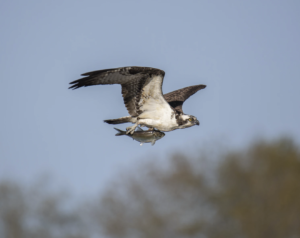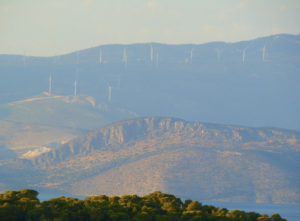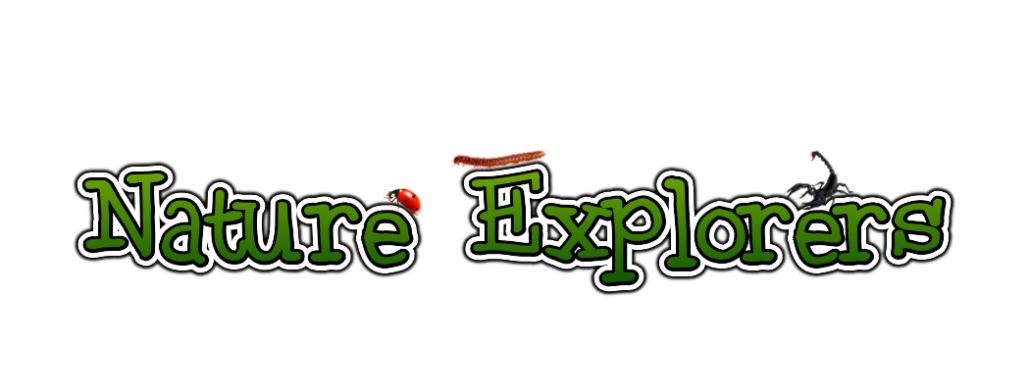Discovering Nature
Scavenger Hunt in Your Backyard (Elementary Age)
Scavenger hunts are fun ways to get outside and see new things! This scavenger hunt can be done in your background or in your neighborhood park. See if you can find all the things on the list! Be careful not to touch things like spiders or lizards!
be done in your background or in your neighborhood park. See if you can find all the things on the list! Be careful not to touch things like spiders or lizards!
Spider web
A flower
3 different types of leaves
A crooked stick
A pinecone
Something yellow
A feather
A lizard
2 different birds
Something soft
A bush
Bird Identification Guide (Middle School Age)
You won’t learn how to identify all the different types of birds in the Sonoran Desert from one article, but here you can learn some of the tricks to help you identify birds and get sources where you can learn more.
 The first step is to learn what birds live in your area. Over 800 species of birds pass through North America but they will all have different ranges. Simply look up what birds have been spotted in your area to significantly reduce your options. It also helps to look at some pictures of birds before going out so you are already familiar with some birds.
The first step is to learn what birds live in your area. Over 800 species of birds pass through North America but they will all have different ranges. Simply look up what birds have been spotted in your area to significantly reduce your options. It also helps to look at some pictures of birds before going out so you are already familiar with some birds.
When you see a bird, look at features such as size, beak shape, behaviors, colors, and where it is. Is it a small black bird hopping on the ground or a large white bird swimming in the water? These little details can help you narrow down your options greatly. Sometimes these features are hard to see from a distance, so a pair of binoculars can help if you have access to them.
Lastly, don’t be discouraged if you can’t identify a bird or if it takes you a while to learn. You can also visit Liberty Wildlife to see some of our education birds to help you learn. Birding is a difficult task but very rewarding once you start to learn. Stick with it and you will learn!
Here are some resources so you can learn more:
https://www.audubon.org/birding/identifying-birds
http://www.arizonensis.org/sonoran/fieldguide/vertibrata/aves_urban.html
https://www.inaturalist.org/guides/669
Carbon and Water Footprint (High School Age)
Carbon Footprint
By now you might have heard about what you carbon footprint is. A carbon footprint is the total greenhouse gas emission by a person, an event, and organization, or even a product. Your carbon footprint is a way to measure your overall impact on the environment and understanding this footprint can help you understand your lifestyle more.
There are many ways to calculate your footprint including online calculators: https://www.conservation.org/carbon-footprint-calculator#/.
If you are still living at home, it can be hard to have some control over your lifestyle, but there are some smaller things you can do to help out. For example, you could reduce the amount of meat you consume or institute a meatless day of the week. You could line dry your clothes and purchase some of your clothes second hand. Even using a search browser like Ecosia that plants trees when you use their services will help reduce your carbon footprint.
Water Footprint
Similar to the carbon footprint, you have a water footprint as well. Your water footprint is how much water you directly use like for showers and laundry and how much water you indirectly use like for food or clothing production.
Use this calculator to calculate an estimate of your water footprint: https://www.watercalculator.org.
There are ways to reduce your water footprint without drastically changing your lifestyle. Some of the more popular recommendations are reducing the length of showers, turning off faucets if you are not using the water, and only running full loads of laundry and dishes. You can also reduce your water footprint by eating less meat, recycling more, and either washing your car less or use a self-service carwash. Especially here in the desert, water is a valuable resource. We get a majority of our water from either the Colorado River or from groundwater but these resources are strained. Reducing your water footprint is an easy way to help lessen the strain on these resources.



